Creating a sense of community could be the difference between a one-time transaction and a lifetime of loyalty.
I read something recently that said something to the effect of, ‘most trends are started by youths’. It got me thinking about my early days as a teenager in the 90s listening to rap music and skateboarding. These weren’t just part of my identity, they were my entire identity. They shaped how I behaved, my friend group, my hobbies and subsequent interests, the music I listened to, the way I spoke, the way I dressed, my values… It was a powerful influence in my formative years. I suspect this is also true for most teenagers.
As a brand storyteller and marketer, I wanted to dissect and study this, to see what, if anything we can learn about subcultures and their effect on people.

For young people, particularly those navigating the turbulent waters of adolescence and early adulthood, forming a strong sense of identity and finding their “tribe” is pivotal. Countercultures and subcultures—often born as a response to mainstream societal norms—play a significant role in this journey. These groups offer safe spaces for self-expression, create tight-knit communities, and foster a sense of belonging that can be difficult to find elsewhere.
But what can brands learn from this phenomenon?
As sales, marketing, and business leaders, understanding the dynamics of countercultures can reveal essential lessons in:
- Building communities
- Creating brand loyalists
- Differentiation in the market
By recognizing the value of belonging and identity formation, brands can establish deeper, more authentic connections with their audience.
Continue Reading: So You Want to Build a Community

Finding "Your Tribe" Through Subcultures
Subcultures have long been a vital outlet for young people to explore who they are, often in opposition to the mainstream. Punk, goth, skate, hip-hop, and more recently, gaming and anime subcultures, all provide avenues for youths to express individuality while feeling part of something larger. These movements are more than just aesthetic preferences or musical tastes; they represent collective values, beliefs, lifestyles, and modes of expression that often challenge societal norms.
For many, especially in their formative years, subcultures act as a refuge. Adolescence can be a period of uncertainty, and while mainstream culture often promotes a one-size-fits-all ideal, subcultures embrace diversity in thought, style, and identity. Whether it’s the rebellious spirit of punk or the introspective nature of goth, these communities offer youths a place where they can align themselves with others who share their outlook on life.
Take the rise of the skater culture in the ’90s, for example. Skaters were seen as rebels who rejected authority and embraced freedom. This subculture wasn’t just about riding a skateboard; it was about rejecting societal expectations and finding independence. There was an accompanying language, fashion style, mannerisms, and lifestyle that went along with it. It was about finding a group of people who had shared values. By joining the skater community, young people could connect with others who shared their disillusionment with the status quo while fostering an identity rooted in resilience and self-expression.
Social media, and the internet in general, has given rise to countless subcultures. Whatever you’re into, no matter how niche, you can find a group of likeminded individuals that are into that exact thing. From eSports to eco-conscious movements, young people now have even more avenues to find their tribes and build digital communities that stretch across geographic boundaries.
What Brands Can Learn About Community Building from Subcultures
When brands engage with these subcultures authentically, they can tap into loyal communities that are passionate, tight-knit, and eager to support those who “get” them. This can be the difference between creating a brand loyalist who will advocate for your brand for years or a one-time customer who quickly moves on.
Authenticity Is Key
Subcultures thrive on authenticity. For youths navigating identity formation, it’s critical that the spaces they inhabit are real, unpretentious, and reflective of their values. Brands that attempt to co-opt subcultures for profit without understanding the deeper significance behind them often fail miserably. This is because the members of these groups have a highly attuned sense of what’s genuine and what’s not.
Take, for instance, the backlash that occurs when brands try to force themselves into the skateboarding scene without understanding its ethos. Many brands have attempted to “skatewash” their image, only to be rejected by the very community they’re trying to court. On the other hand, brands like Vans, which grew out of the skate culture itself, have remained relevant because they’ve never deviated from their roots.
This is a powerful lesson for brands looking to build long-term community engagement: authenticity must come first. If a brand can’t connect with a subculture on a genuine level, it’s better to sit it out.
Community Building: From Subcultures to Brand Loyalists
Community building is at the heart of any successful subculture. These groups aren’t just collections of individuals with similar tastes; they are communities bound by shared values, stories, and experiences. For brands, building a community can mean creating an emotional connection with customers that goes far beyond product loyalty.
Consider the rise of streetwear brand Supreme. What began as a niche brand for skaters has grown into a global phenomenon with brand loyalists willing to line up for hours to purchase limited-edition items. Supreme didn’t just sell clothes; it sold membership to an exclusive tribe. Fans weren’t just buying a product—they were buying into a community, a set of values, and an identity that aligned with the rebellious spirit of street culture.
This is the ultimate goal of community building: to create brand loyalists who don’t just purchase your products but become advocates for your brand, spreading your message and helping to shape your community.
Differentiating in the Market Through Subcultural Influence
Where competition is fierce, differentiation is vital. One of the reasons subcultures are so compelling for brands is that they represent clear points of differentiation. While the mainstream caters to the masses, subcultures embrace the unique, the unconventional, and the overlooked. For brands, aligning with subcultures can help them stand out by appealing to niche but highly loyal audiences.
Several brands have successfully tapped into subcultural movements to differentiate themselves and create brand loyalists:
- Nike and the Running Subculture: Nike has long been associated with athleticism and fitness, but its real success lies in its ability to tap into the running community. By sponsoring events, creating community-driven platforms like Nike Run Club, and producing high-quality, performance-focused products, Nike has built a community of runners who not only purchase their products but are deeply invested in the brand’s identity.
- Patagonia and the Outdoor Community: Patagonia isn’t just selling outdoor gear; it’s selling a lifestyle. By aligning itself with the eco-conscious subculture, Patagonia has carved out a niche in the highly competitive outdoor apparel market. Their commitment to sustainability and environmental activism has endeared them to a loyal customer base that shares these values, turning them into brand loyalists.
Continue reading:
The Origins of Supreme
What Brands Can Learn from Subcultures to Create Brand Loyalists
The importance of subcultures for youths cannot be overstated. These groups offer identity, belonging, and community—elements that are just as crucial for brands seeking to build loyal followings. By taking lessons from subcultures in authenticity, community building, and differentiation, brands can create lasting connections with their audiences.
Building brand loyalists isn’t just about selling a product—it’s about creating a sense of belonging and purpose. It’s about recognizing that in a world where conformity is often the norm, those who celebrate individuality and cultivate genuine communities will stand out. Just as subcultures provide a refuge for those seeking to find their tribe, brands that foster real connections will turn customers into loyal advocates who champion their message far and wide.
That sense of community could be the difference between a one-time transaction and a lifetime of loyalty.
- Related post: The T-Shirt Theory of Branding
- Related post: The Power of Branding: John’s Family Premium Organic Garlic
- Related post: Why You Don’t Want to Run a Business that Relies Solely on Ads
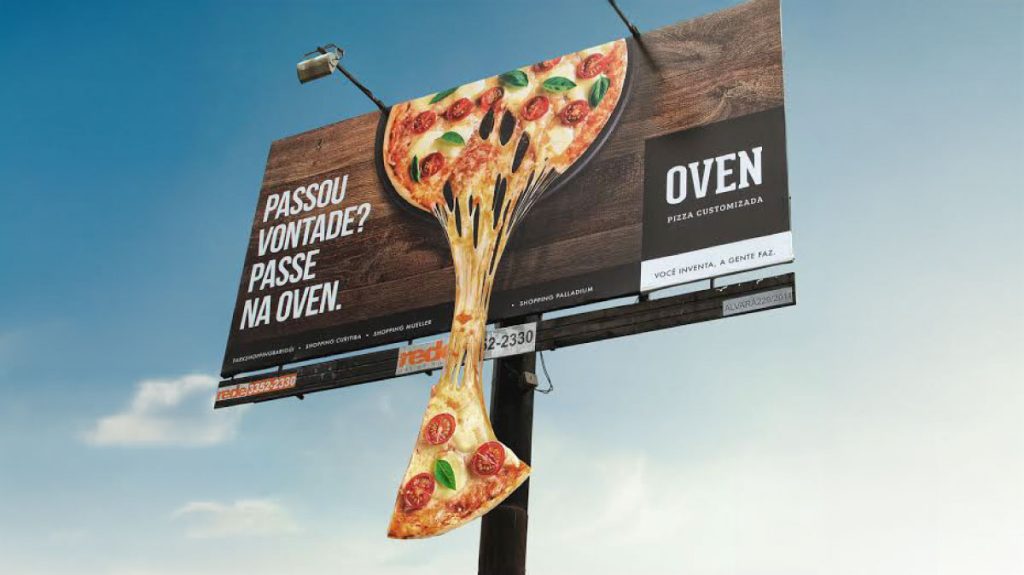
Continue reading: What’s the ROI of a Billboard


